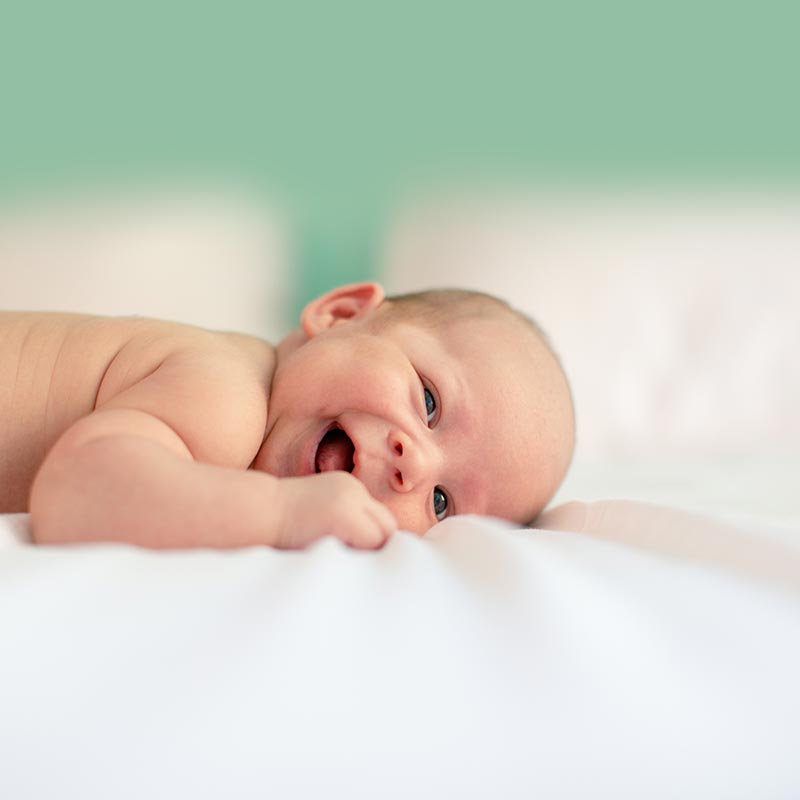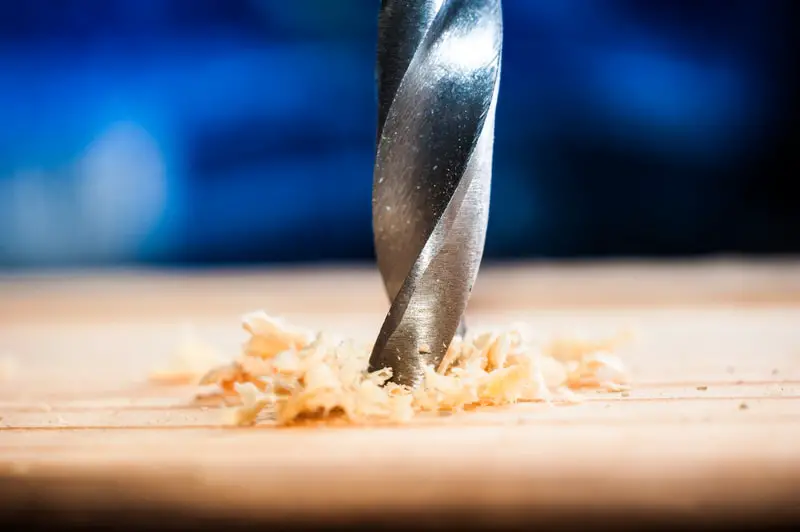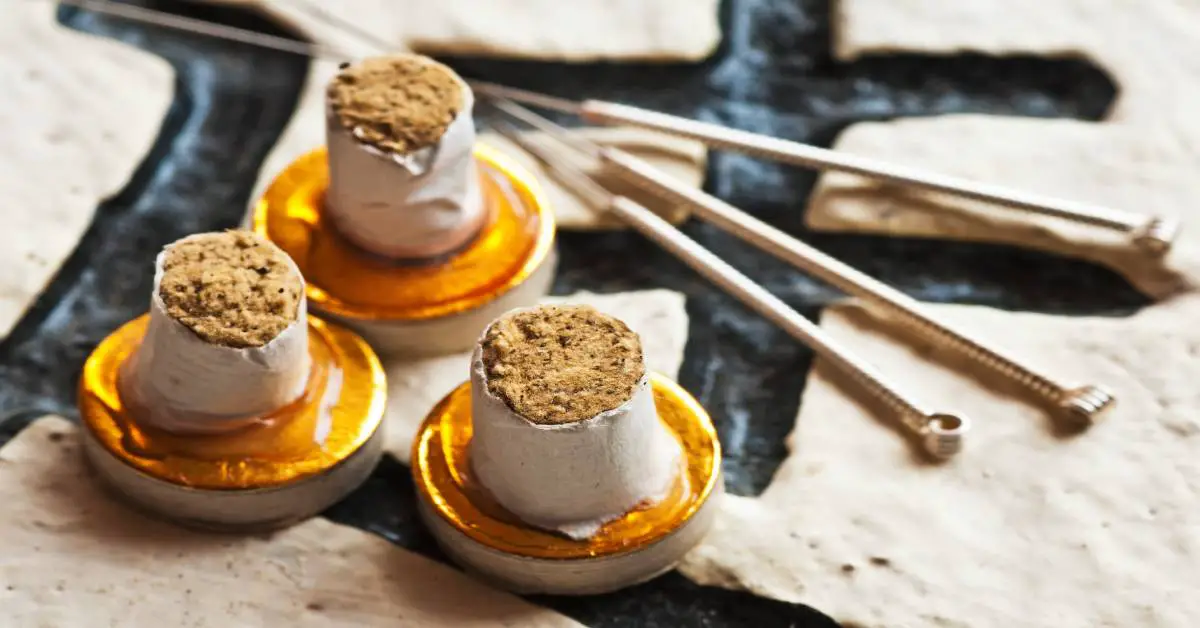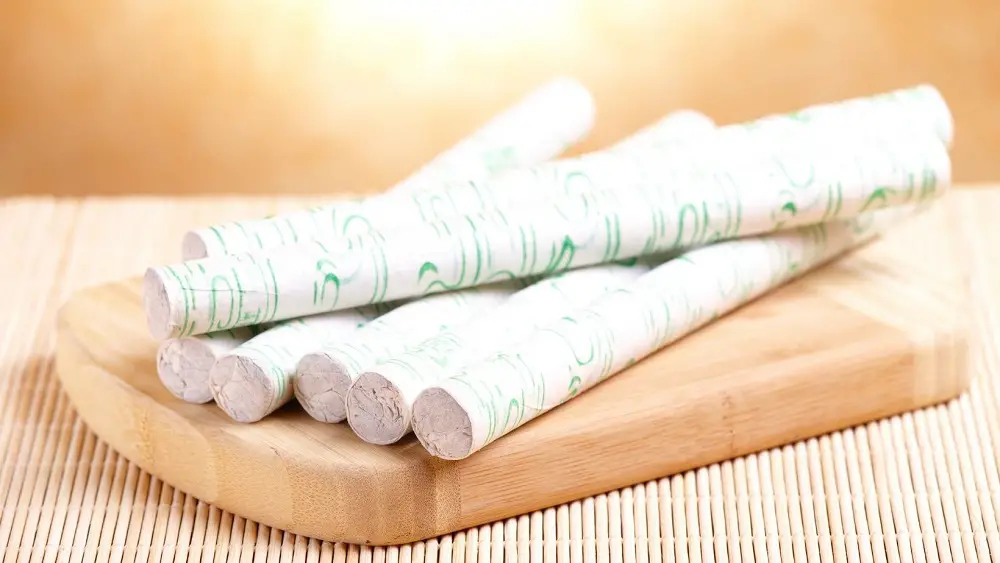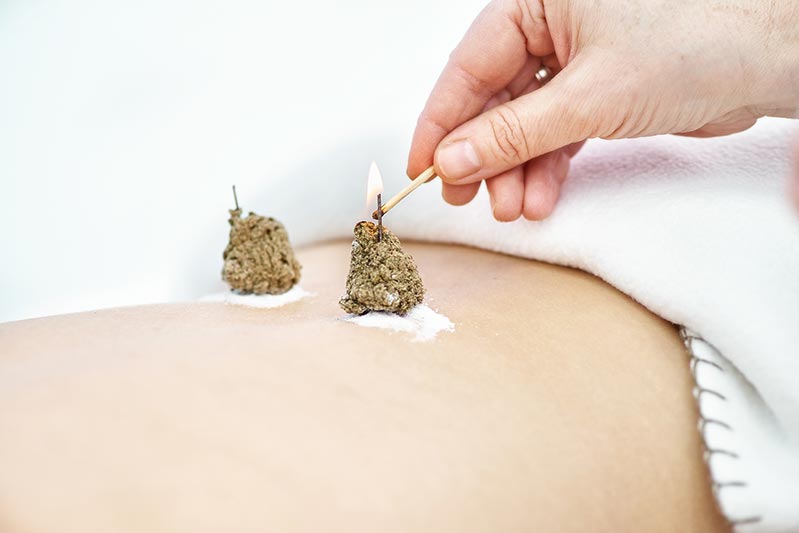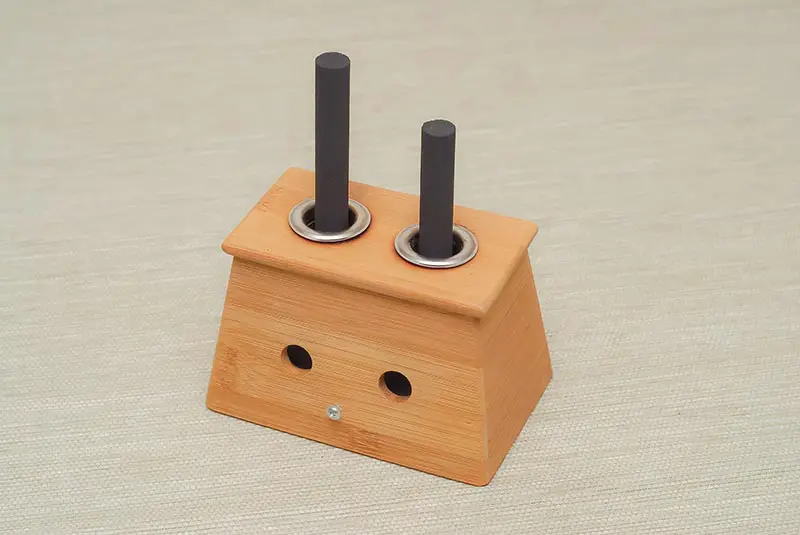Moxibustion is known for many things, like reducing fatigue, muscle pain, boosting the immune system, and more. But, does moxa work for fertility?
This ancient Chinese practice is designed to warm the acupoints and reach the bones, muscles, and tendons, without actually penetrating the skin. It relies on heat and moxa punk to warm up the body, stimulate blood flow, and induce a healthy flow of Qi.
Since the treatment uses mugwort, a potent plant with amazing therapeutic properties, many people believe it also has hidden effects. Does that mean it can help women get pregnant?
We have decided to delve deeper into this treatment. That’s why we compiled all the statistical analysis on moxa and fertility you should know about.
Moxa in Women’s Healthcare

Recently, more and more women have decided to try moxa treatment for pelvic pain complications, menstruation, and irregular ovulation. But, moxibustion is not something new.
According to experts, moxibustion is older than acupuncture. People used the mugwort plant and heat to treat various health issues, some of which were effective for the female organ. In fact, moxa was a go-to choice for women with difficult and painful menstrual cycles way before modern medication was available.
Women would apply the moxa sticks or hold them over the pelvic cavity and let the heat soothe the pain. With frequent stops and regular treatment, moxibustion seemed effective.
That’s not all.
The therapy was and still is used for turning breech babies. For women who want to help their babies turn properly and avoid a cesarean section, they turn to moxibustion. The heat of the therapy activates the heat receptors located on the skin.
Once the heat gets to the receptors, it stimulates the release of prostaglandins and placental estrogen – prominent pregnancy hormones. This is what causes a contraction. With the help of these contractions, the baby gets to change positions. But, what about fertility?
Does Moxa Work for Fertility?

A lot of women rely on moxibustion to boost their fertility rates, but does it really work?
The truth is, moxa acts as an emmenagogue. This is actually an agent that stimulates blood flow to the pelvis and uterus and promotes healthy menstruation.
You’ve probably heard of yin and yang. Yin is related to the fluids in the system, like the blood, for example. Yang is connected to the biological functions and warmth of the human body.
Both of them are crucial for a fully functioning reproductive system. Without a good balance, it’s hard for the system to work properly.
Moxibustion balances out the flow of Qi, but it also flushes out the old blood from the system. It then replaces it with new blood packed with nutrients. These nutrients become the natural nourishment for the reproductive system.
Here is how moxa works for fertility, depending on the phase.
Ovulatory Phase:
- Soothes the fallopian tubes so the egg can be fertilized.
- Balances the hormones to provide a comfortable fertilization environment.
- Gives motion and warmth to help complete the ovulation and mature the egg.
Follicular Phase:
- Creates a proper healthy lining.
- Stimulates circulation to the ovaries and uterus.
- Develops a vigorous egg.
What Does Research Have to Say?
In the case of a blocked fallopian tube, the therapy could prove useful. Based on statistical analysis, a combination of moxibustion and acupuncture can be effective for boosting the odds of a successful IVF implantation.
One randomized trial studied the effects of moxa on 84 different women. They all had at least two failed attempts of IVF (In Vitro fertilization) before the trial.
The volunteers were divided into three groups. The first one received a combination of moxa and acupuncture, including an IVF. The second one received only sham acupuncture and IVF while the third one got only an IVF.
The effects were evident. The first group showed much better odds of getting a successful IVF. In fact, they had a 35.7% success rate. The second group had a 10.7%, and the third group only 7.1%. Even though more research is necessary to confirm the full effect of moxa on fertility, these results seem promising.
Another research also showed similar results. Today, more and more women are dissatisfied with modern fertility treatment, which is why they turn to holistic therapies. Since moxibustion relies on acupoint therapy, it can come in handy for treating gynecological conditions.
But, right now, there is not enough research that proves moxa could be 100% effective for increasing female fertility.
Final Thoughts
Even though there isn’t enough research on moxa and fertility, the way it works shows great promise. By working with specific acupoints, women might boost their odds of conceiving. That’s why moxa looks like a worthy alternative.
Related Reading:
- Can Moxibustion Induce Labor?
- How to Use Moxa at Home?
- I Tried Acupuncture Points In Legs For Fertility. Here Is How It Went
Credit: Photo by Filip Mroz on Unsplash

Try our Anti-Aging Gua Sha Tool designed to bring out your skin’s natural glow.
Best Gua Sha Product- Anti-Aging: The tool is designed to target 11 specific aging signs such as wrinkles and sagging skin. By following the 7-step routine, users can improve skin firmness and reduce fine lines naturally.
- Enhances Skincare Routine: It works effectively with serums and lotions, boosting absorption and efficacy of skincare products.
- Visible Skin Improvement: Users can expect a smoother complexion, reduced puffiness, and a more youthful appearance.
 P. Sze
P. Sze 